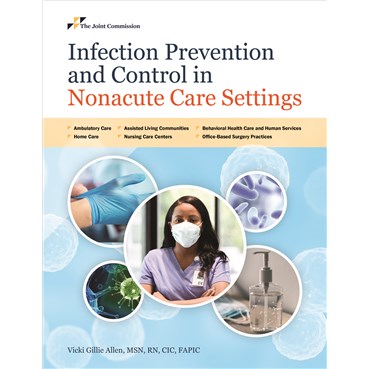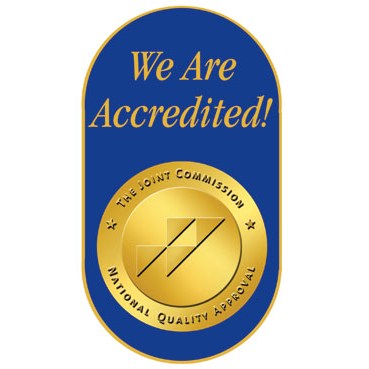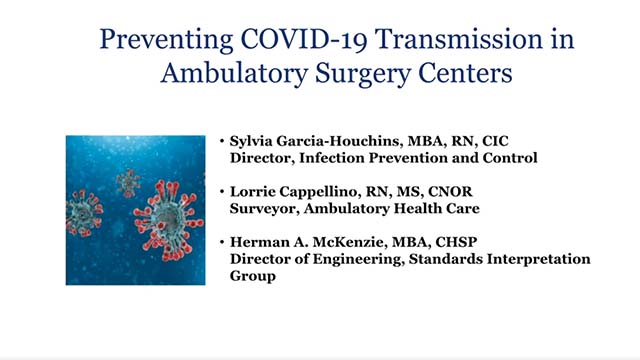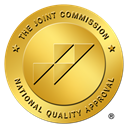Learn the Basics
If your organization is considering ambulatory care accreditation, you probably have questions about what survey options are right for you, general eligibility, and what to expect on survey day. Find clear, practical answers to the most commonly asked questions here.
Settings We Accredit
Beginning in 1975, The Joint Commission established the Ambulatory Health Care Accreditation program to encourage safe, high quality patient care in all types of freestanding ambulatory care facilities. Today, the Ambulatory Health Care program accredits over 2,200 organizations in a variety of settings:
- Ambulatory Surgery Centers
- Community Health Center
- Convenient Care Center
- Correctional Health Care
- Diagnostic Imaging Center
- Federally Qualified Health Care Centers
- Freestanding Emergency Care
- Kidney Care/Dialysis Center
- Medical Group Practice
- Military Clinic
- Mobile Imaging
- Occupational/Worksite
- Office-Based Surgery
- Pain Clinic
- Sleep Center
- Telehealth
- Urgent Care/Immediate Care Center
Steps to Accreditation
The journey to accreditation may seem overwhelming, but it doesn't have to be. Access our practical 10-step checklist to get started on the path to performance excellence. For a more comprehensive look at the accreditation process, download our overview.
Determine Your Eligibility
Organizations seeking Joint Commission ambulatory care accreditation must meet certain eligibility requirements. For example, your facility must be U.S. owned and operated, provide direct patient care and meet minimum requirements including the number of patients served.
Build Accreditation Fees into Your Budget
Accreditation fees are based on an organization’s size and annual patient volumes. On average the cost of accreditation for an ambulatory care organization is $12,000. When spread over a three-year time period, Joint Commission accreditation costs equate to just pennies per patient, per day.










